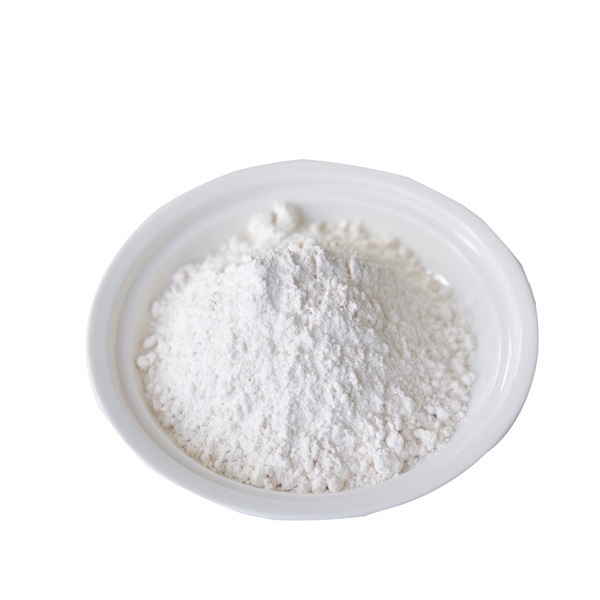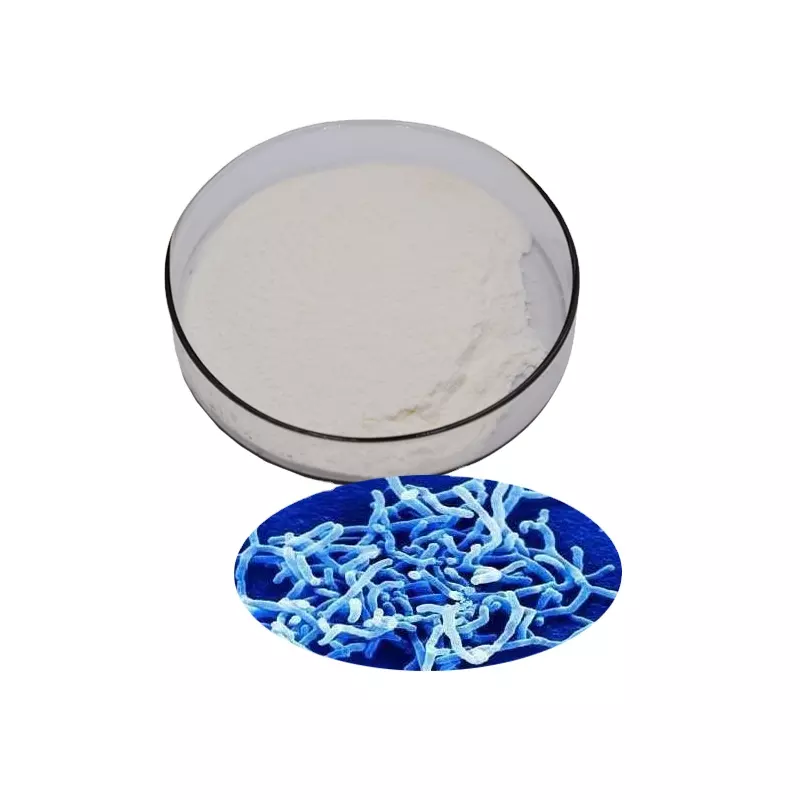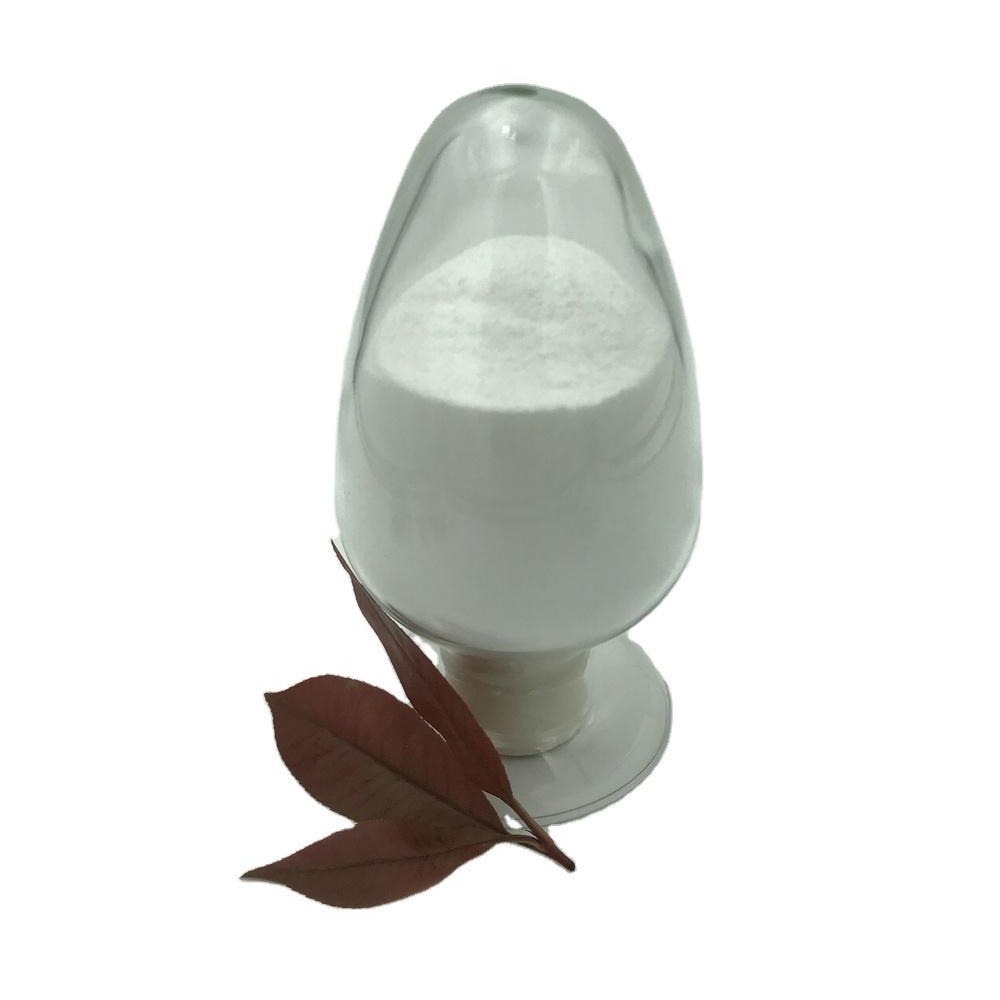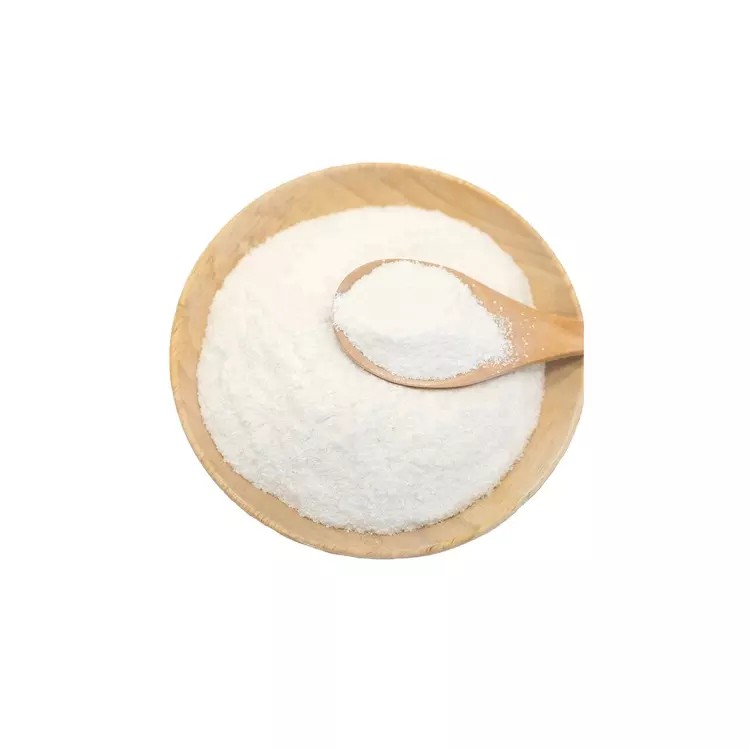

Bacillus subtilis CAS 68038-70-0
——————
CAS number : 68038-70-0
molecular formula : 0
EINECS : 0
——————
Email : info@deshangchem.com
Mobile : 8613153039501
TEL : +86-531-88752665
English synonyms
Top Quality Bacillus Subtilis Fermentation;bacillus subtilis probiotic Bacillussubtilis Achromobacternitriloclastes Bacillus globigii BIOPRO Bacillus nigrificans Bacillusuniflagellatus Bacterium subtilis Bactisporin Calsporin Companion ElbicBZ Fitisporin M Fitosporin M Gamair Hay bacillus Kodiak Phytosporin M Proteazim QRD 713AS Quadra 136 Quadra 137 Quantum 4000 Rhapsody Serenade
Related categories
Pharmaceutical raw materials; industrial raw materials; chemicals; Bacillus; intermediates; raw materials; biological enzymes; feed additives; chemical materials; medical
Introduction
Bacillus subtilis is a species of Bacillus, CAS No. 68038-70-0. A single cell is 0.7-0.8 × 2-3 microns, with uniform coloration. Capsuleless, pericytoflagellate, able to move. Gram-positive bacteria, can form endogenous anti-stress spores, spores 0.6 ~ 0.9 × 1.0 ~ 1.5 microns, oval to columnar, located in the center of the cell or slightly offset, the cell does not expand after spore formation. The growth and reproduction speed is fast, the surface of the colony is rough and opaque, dirty white or slightly yellow, when it grows in the liquid medium, it often forms wrinkle, and it is an aerobic bacteria.
It can use protein, various sugars and starch to decompose tryptophan to form indole. It is widely used in genetic research, and the purine nucleotide synthesis pathway of this bacteria and its regulation mechanism are well studied. It is widely distributed in soil and decaying organic matter, and it is easy to reproduce in subtilis juice, hence the name.
Some strains are important producers of α-amylase and neutral protease; some strains have an enzyme system that strongly degrades nucleotides, so they are often used as parent strains for breeding nucleoside-producing bacteria or to prepare 5'-nucleotides. Enzyme species.
Chemical properties
The appearance of Bacillus subtilis WP is a white to brown uniform loose powder, and there should be no agglomeration.
● The number of viable spores was 1000×108/g by counting method under microscope.
● Stability: Sensitive to ultraviolet light, alkaline substances and fungicides can inhibit it, stable for 2 years at room temperature;
● Heat storage test: stored at (54+2) ℃ for 14 days, the measured decrease rate of the number of live spores is less than or equal to 15%.
● Dosage form: Single dose includes Bacillus subtilis wettable powder (the number of live spores is 1 billion/g), Bacillus subtilis suspension seed coating (the number of live spores is 10,000/mL);
● Compound preparations are: 2.5% well. 10 billion/mL Bacillus subtilis water, 1 billion/g Bacillus subtilis·Pseudomonas fluorescens wettable powder
Use
● The Bacillus subtilis wettable powder has an acute oral LD50>5000mg/kg for rats, and an acute percutaneous LD50>2000mg/kg; it is non-irritating to rabbit skin and mildly irritating to eyes; The sensitivity rate is O, which is a weak allergen. The 90-day subchronic feeding test in rats has a maximum ineffective dose of 10 mg. kg-1. d-1; Mutagenicity test: Ames test, mouse bone marrow cell micronucleus test and mouse testicular cell chromosomal aberration test were all negative; pathogenicity test results were no pathogenic. The acute toxicity classification of this fungicide is low toxicity. Low toxicity to fish, birds, bees and silkworms, and biosafety to the environment.
● It should be sealed and protected from light and stored at low temperature (about 15 ℃).
Production method
Bacillus subtilis is a bacterial fungicide that has inhibitory effects on a variety of pathogenic bacteria. Its mechanism of action is mainly through nutrient competition and certain site competition. The secretion of Bacillus has a certain bacteriostatic effect on some plant pathogens, but it is not the main inhibitory factor of plant pathogens. The field efficacy test results show that the Bacillus subtilis WP has good control effect on cucumber powdery mildew, strawberry powdery mildew and gray mold.
Dosage: 840-1260g/hm2 for cucumber powdery mildew (usually diluted with 50-60kg of water); 600-900g/hm2 for strawberry powdery mildew (40-50kg of water for dilution); 480-720g/hm2 for strawberry gray mold (Generally add 40~50kg of water to dilute). The method of use is to spray evenly. Start spraying at the early stage of the disease, spray 2 to 3 times in a row, and spray once every 7 days.
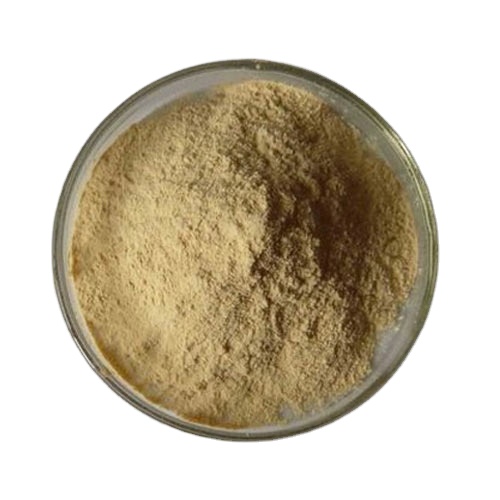
Bacillus subtilis CAS 68038-70-0
English synonyms
Top Quality Bacillus Subtilis Fermentation;bacillus subtilis probiotic Bacillussubtilis Achromobacternitriloclastes Bacillus globigii BIOPRO Bacillus nigrificans Bacillusuniflagellatus Bacterium subtilis Bactisporin Calsporin Companion ElbicBZ Fitisporin M Fitosporin M Gamair Hay bacillus Kodiak Phytosporin M Proteazim QRD 713AS Quadra 136 Quadra 137 Quantum 4000 Rhapsody Serenade
Related categories
Pharmaceutical raw materials; industrial raw materials; chemicals; Bacillus; intermediates; raw materials; biological enzymes; feed additives; chemical materials; medical
Introduction
Bacillus subtilis is a species of Bacillus, CAS No. 68038-70-0. A single cell is 0.7-0.8 × 2-3 microns, with uniform coloration. Capsuleless, pericytoflagellate, able to move. Gram-positive bacteria, can form endogenous anti-stress spores, spores 0.6 ~ 0.9 × 1.0 ~ 1.5 microns, oval to columnar, located in the center of the cell or slightly offset, the cell does not expand after spore formation. The growth and reproduction speed is fast, the surface of the colony is rough and opaque, dirty white or slightly yellow, when it grows in the liquid medium, it often forms wrinkle, and it is an aerobic bacteria.
It can use protein, various sugars and starch to decompose tryptophan to form indole. It is widely used in genetic research, and the purine nucleotide synthesis pathway of this bacteria and its regulation mechanism are well studied. It is widely distributed in soil and decaying organic matter, and it is easy to reproduce in subtilis juice, hence the name.
Some strains are important producers of α-amylase and neutral protease; some strains have an enzyme system that strongly degrades nucleotides, so they are often used as parent strains for breeding nucleoside-producing bacteria or to prepare 5'-nucleotides. Enzyme species.
Chemical properties
The appearance of Bacillus subtilis WP is a white to brown uniform loose powder, and there should be no agglomeration.
● The number of viable spores was 1000×108/g by counting method under microscope.
● Stability: Sensitive to ultraviolet light, alkaline substances and fungicides can inhibit it, stable for 2 years at room temperature;
● Heat storage test: stored at (54+2) ℃ for 14 days, the measured decrease rate of the number of live spores is less than or equal to 15%.
● Dosage form: Single dose includes Bacillus subtilis wettable powder (the number of live spores is 1 billion/g), Bacillus subtilis suspension seed coating (the number of live spores is 10,000/mL);
● Compound preparations are: 2.5% well. 10 billion/mL Bacillus subtilis water, 1 billion/g Bacillus subtilis·Pseudomonas fluorescens wettable powder
Use
● The Bacillus subtilis wettable powder has an acute oral LD50>5000mg/kg for rats, and an acute percutaneous LD50>2000mg/kg; it is non-irritating to rabbit skin and mildly irritating to eyes; The sensitivity rate is O, which is a weak allergen. The 90-day subchronic feeding test in rats has a maximum ineffective dose of 10 mg. kg-1. d-1; Mutagenicity test: Ames test, mouse bone marrow cell micronucleus test and mouse testicular cell chromosomal aberration test were all negative; pathogenicity test results were no pathogenic. The acute toxicity classification of this fungicide is low toxicity. Low toxicity to fish, birds, bees and silkworms, and biosafety to the environment.
● It should be sealed and protected from light and stored at low temperature (about 15 ℃).
Production method
Bacillus subtilis is a bacterial fungicide that has inhibitory effects on a variety of pathogenic bacteria. Its mechanism of action is mainly through nutrient competition and certain site competition. The secretion of Bacillus has a certain bacteriostatic effect on some plant pathogens, but it is not the main inhibitory factor of plant pathogens. The field efficacy test results show that the Bacillus subtilis WP has good control effect on cucumber powdery mildew, strawberry powdery mildew and gray mold.
Dosage: 840-1260g/hm2 for cucumber powdery mildew (usually diluted with 50-60kg of water); 600-900g/hm2 for strawberry powdery mildew (40-50kg of water for dilution); 480-720g/hm2 for strawberry gray mold (Generally add 40~50kg of water to dilute). The method of use is to spray evenly. Start spraying at the early stage of the disease, spray 2 to 3 times in a row, and spray once every 7 days.
Team Presentation

